Eastern Long-billed Lark
Posted: Sat Mar 15, 2014 5:51 pm
502.2 Eastern Long-billed Lark Calendulauda semitorquata (Grasveldlangbeklewerik)
Order: Passeriformes. Family: Alaudidae
Description
Length 16-20 cm, mass 30-48 g
Upper parts reddish brown with dark brown streaks. Fairly broad, creamy eyebrow, cheeks and ear-coverts whitish and speckled. Tail and flight feahers dark brown with paler margins. Throat whitish, breast creamy buff, lightly streaked rufous brown, belly creamy buff. Bill fairly short and slightly decurved. Eyes brown to pale grey.
Similar species: This species is smaller and less streaked than all other long-billed larks with the upperparts reddish
Distribution
Endemic to South Africa and Lesotho, occurring from Mpumalanga and Gauteng to the North-West Province, KwaZulu-Natal, Lesotho and the Eastern Cape.
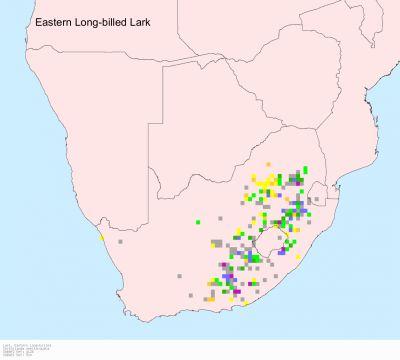
Habitat
Upland grassland and grassy shrublands, usually in rocky terrain.
Diet
It mainly eats invertebrates, doing most of its foraging on the ground, plucking food items from the soil surface and bases of grass tufts.
Breeding
The nest is a cup built of dry grass built mainly by the female, with a clump of peddles in front of it. It is typically placed at the base of a grass tuft or under an overhanging rock in a hollow. It lays 2-3 eggs, usually in the months from September-January, peaking from October-November. The chicks are fed by both parents.
Call
Song is a loud descending whistle.
Status
A common resident in grassland.
Order: Passeriformes. Family: Alaudidae
Description
Length 16-20 cm, mass 30-48 g
Upper parts reddish brown with dark brown streaks. Fairly broad, creamy eyebrow, cheeks and ear-coverts whitish and speckled. Tail and flight feahers dark brown with paler margins. Throat whitish, breast creamy buff, lightly streaked rufous brown, belly creamy buff. Bill fairly short and slightly decurved. Eyes brown to pale grey.
Similar species: This species is smaller and less streaked than all other long-billed larks with the upperparts reddish
Distribution
Endemic to South Africa and Lesotho, occurring from Mpumalanga and Gauteng to the North-West Province, KwaZulu-Natal, Lesotho and the Eastern Cape.

Habitat
Upland grassland and grassy shrublands, usually in rocky terrain.
Diet
It mainly eats invertebrates, doing most of its foraging on the ground, plucking food items from the soil surface and bases of grass tufts.
Breeding
The nest is a cup built of dry grass built mainly by the female, with a clump of peddles in front of it. It is typically placed at the base of a grass tuft or under an overhanging rock in a hollow. It lays 2-3 eggs, usually in the months from September-January, peaking from October-November. The chicks are fed by both parents.
Call
Song is a loud descending whistle.
Status
A common resident in grassland.
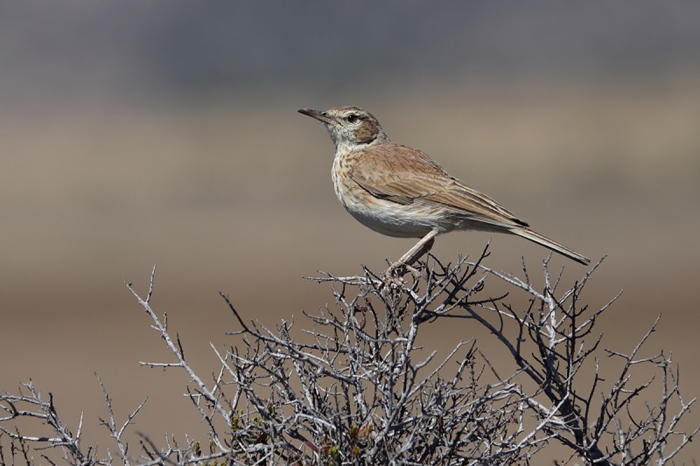 © Puff Addy
© Puff Addy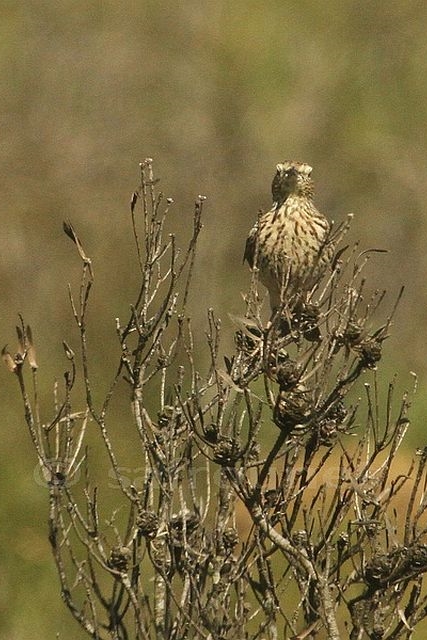 © nan
© nan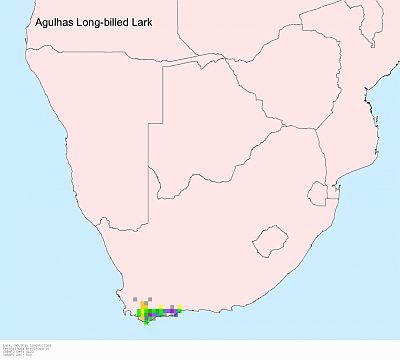
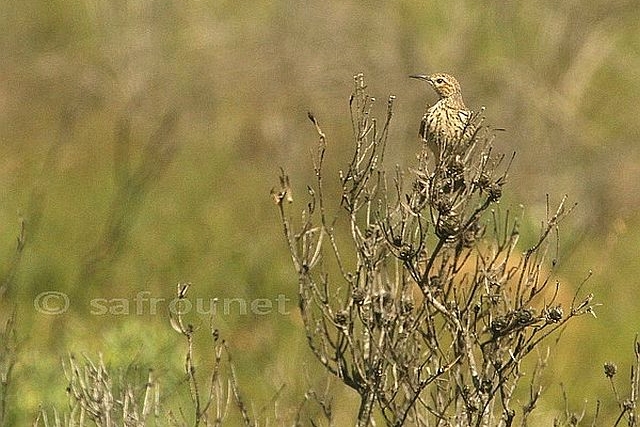 © nan
© nan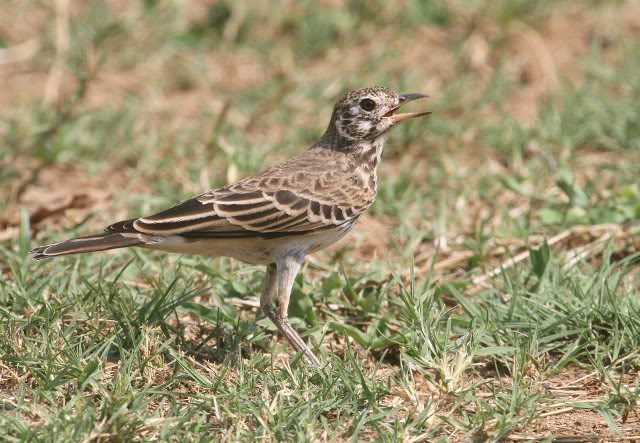
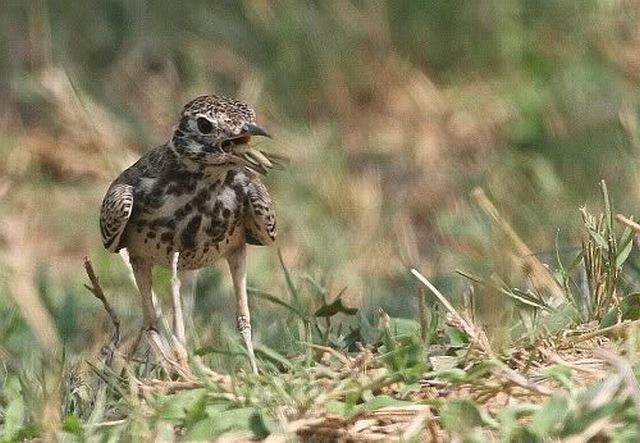
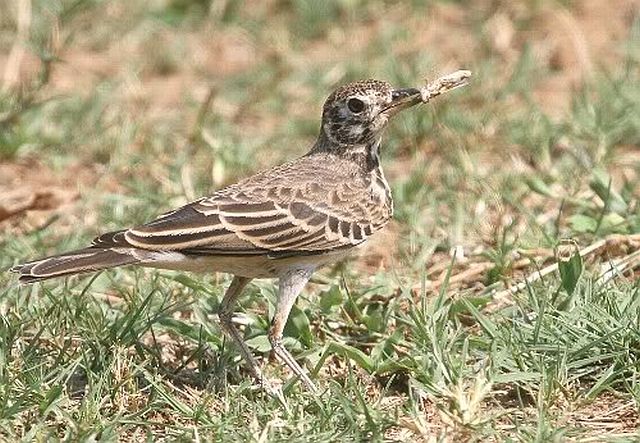
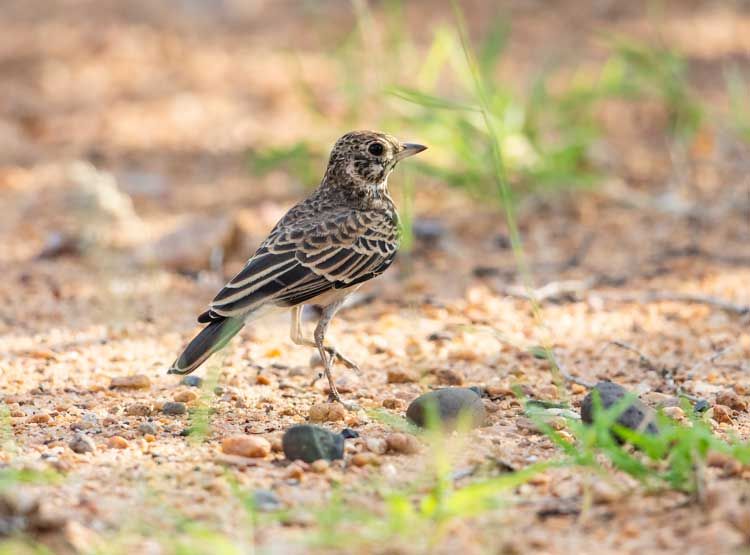 © Pumbaa
© Pumbaa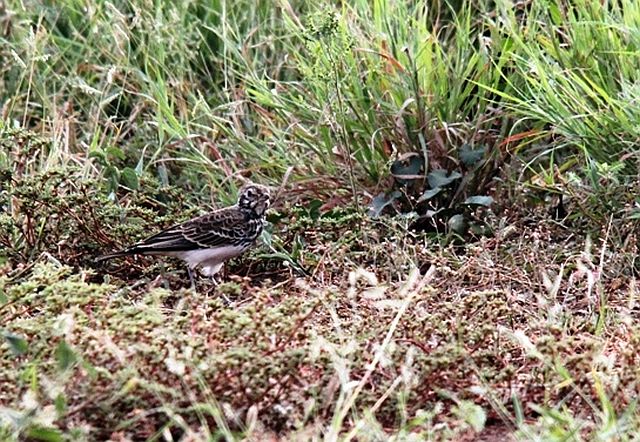 © pooky
© pooky © nan
© nan © pooky
© pooky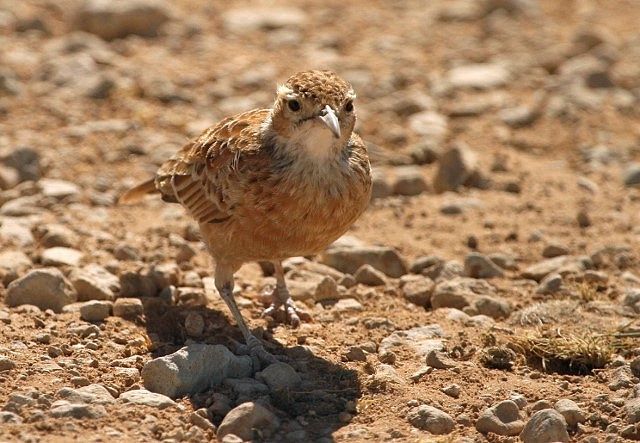 © nan
© nan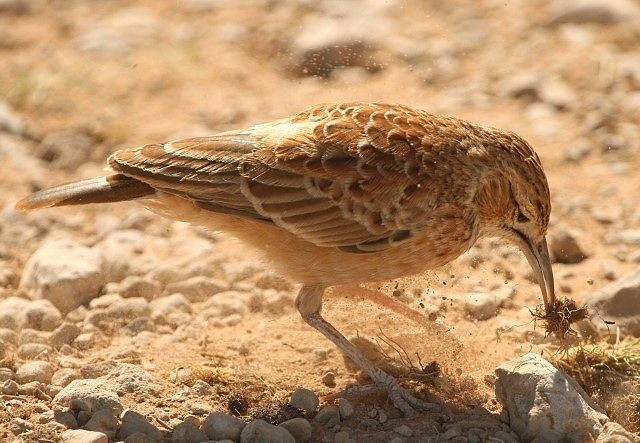 © nan
© nan © Mel
© Mel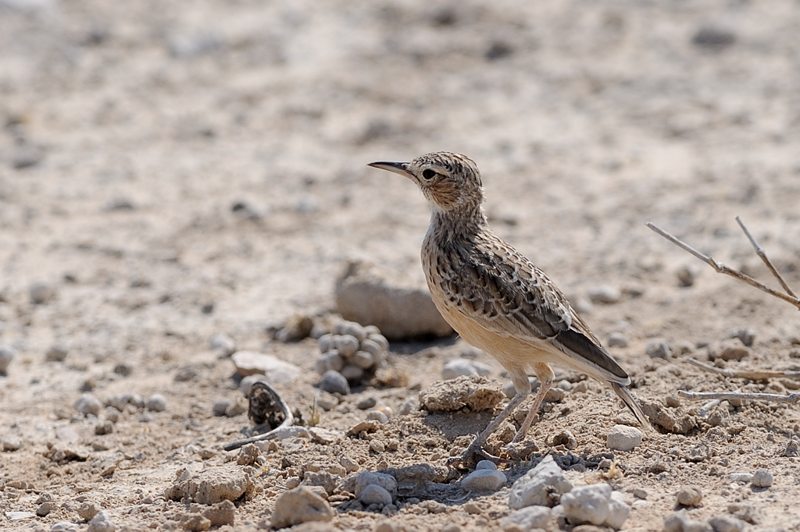 © Dewi
© Dewi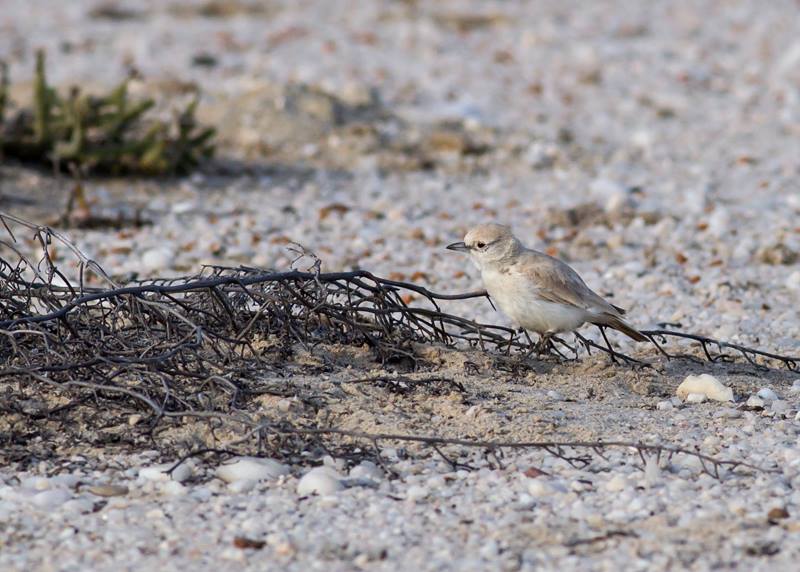 © Michele Nel
© Michele Nel